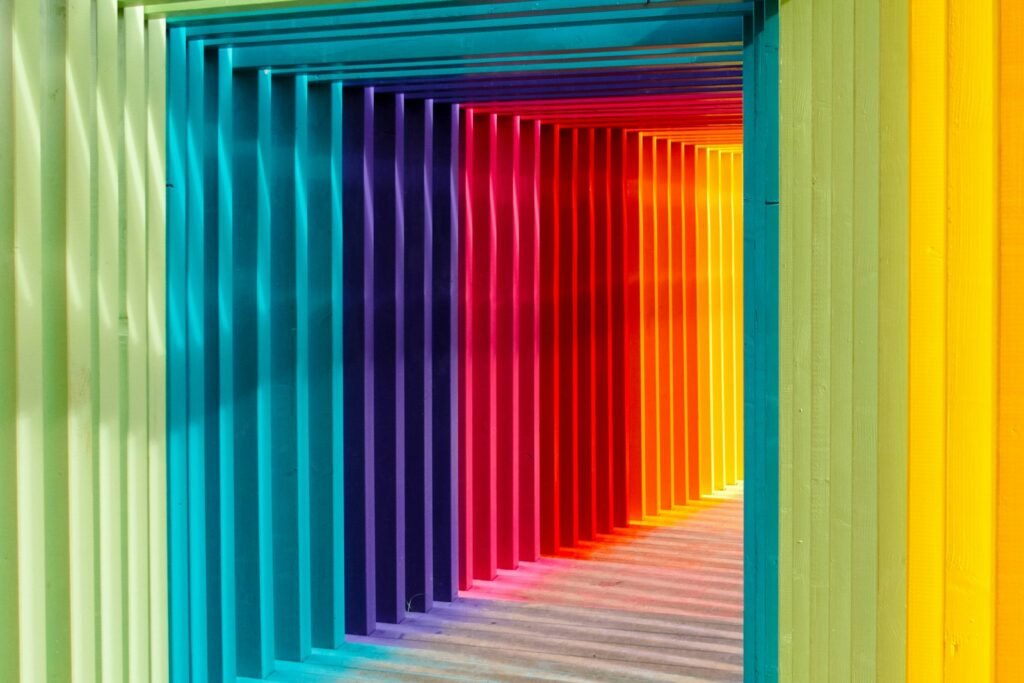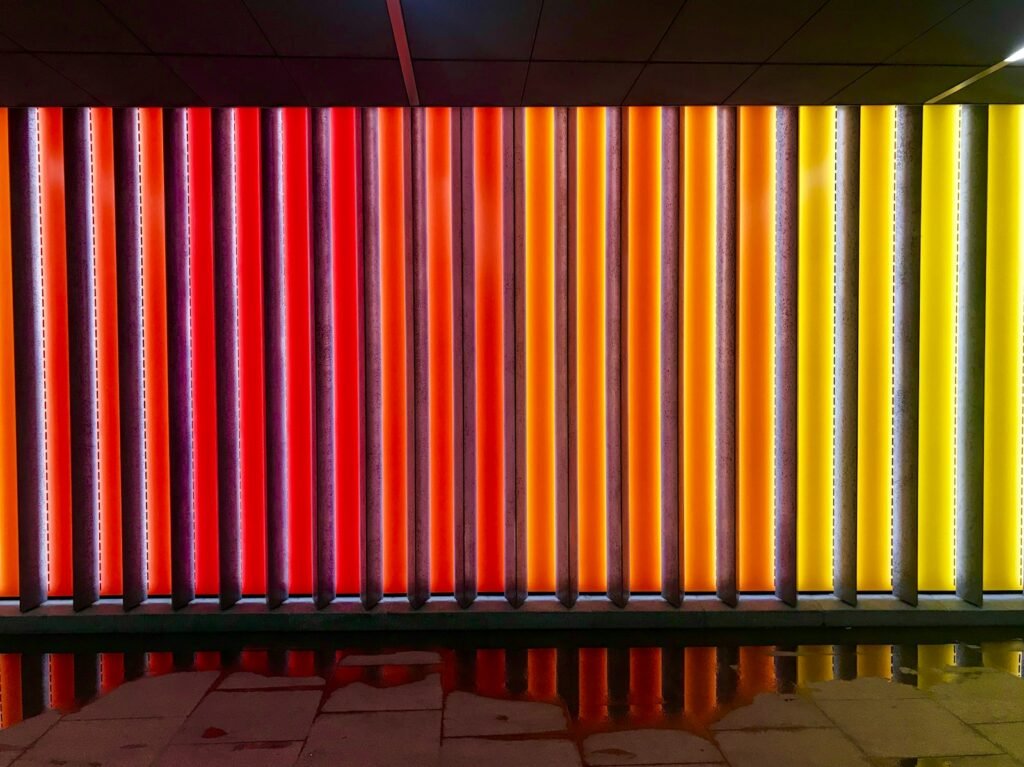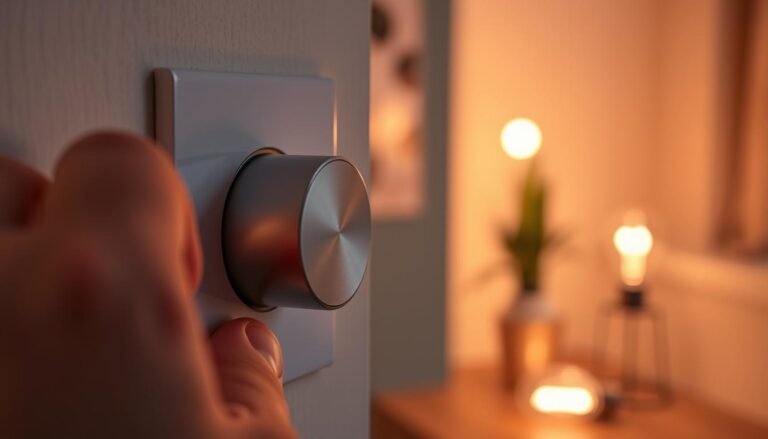Affiliate Disclosure: This post may contain affiliate links. If you make a purchase, we may earn a small commission at no extra cost to you.
The Color Rendering Index (CRI) is an important measure used in the field of lighting to assess the accuracy of colors rendered by different light sources. It helps determine how true-to-life colors appear under artificial lighting compared to a reference light source, such as daylight or incandescent light.
The CRI is measured on a scale from 0 to 100, with higher values indicating better color rendering. A CRI of 100 represents the true colors of objects. It’s worth noting that the CRI is independent of color temperature and is a separate measurement from correlated color temperature (CCT).
Light sources with a CRI of 80 to 90 are considered good, while those with a CRI of 90 and above are considered excellent. However, it’s essential to remember that CRI is not the sole measurement of light quality, and other factors should also be taken into account.

Key Takeaways:
- The Color Rendering Index (CRI) is a measure used to assess how accurately a light source renders colors compared to a reference light source.
- CRI is measured on a scale from 0 to 100, with higher values indicating better color rendering.
- A CRI of 100 represents true colors, while a CRI of 80 to 90 is considered good and a CRI of 90 and above is considered excellent.
- CRI is independent of color temperature and should be considered alongside other factors when assessing light quality.
- Light sources with high CRI are important in various applications such as photography, retail, art, and residential spaces, enhancing color visibility and perception.
Color Rendering Index: Its Importance In Lighting Solutions

The color rendering index (CRI) plays a crucial role in lighting solutions as it determines how accurately colors are perceived under artificial white light sources. Lighting with a high CRI provides natural and vibrant colors, making objects appear as they would under sunlight.
A CRI of 95 to 100 represents phenomenal color rendering, where colors are vibrant, bringing out subtle tones and details. A CRI of 90 to 95 is considered great, with colors appearing vivid and easily distinguishable. Lighting with a CRI of 80 to 90 is still good, but some colors may not be rendered as fully saturated.
On the other hand, lighting with a CRI below 80 is considered to have poor color rendering, with desaturated and drab colors that make it difficult to distinguish between similar shades.
Good color rendering is important in various applications such as photography, retail displays, art shows, and residential spaces, as it enhances the visibility and perception of colors.
CRI Ratings and Color Rendering
| CRI Range | Color Rendering Description |
|---|---|
| 95-100 | Phenomenal color rendering. Colors are rich, vibrant, and true to life. |
| 90-95 | Great color rendering. Colors appear vivid and easily distinguishable. |
| 80-90 | Good color rendering. Some colors may not be fully saturated. |
| Below 80 | Poor color rendering. Colors are desaturated and drab, making it difficult to distinguish between similar shades. |
Testing and Comparison of CRI in Light Sources
The color rendering index (CRI) of light sources is determined through specialized testing using machinery that analyzes the light spectrum emitted by a lamp. This evaluation involves assessing how well eight specific colors, known as R1 through R8, are rendered compared to a reference light source, typically sunlight.
Each color is assigned a score ranging from 0 to 100, indicating the degree of natural color reproduction. Lighting manufacturers provide CRI ratings on their products, while initiatives like California’s Title 24 mandate the use of high-CRI lighting.
While CRI is a valuable metric for measuring color rendering, it is not the sole method used to evaluate lighting quality. Alternative measurements, such as the Color Quality Scale (CQS) and the IES TM-30-20, which includes the Gamut Index, Fidelity Index, and Color Vector, offer additional insights into color rendering performance.

These measurements consider a broader range of color samples and factors like color saturation and hue shift. When selecting LED strip lights, it is recommended to opt for a high-CRI option, preferably above 90, to achieve optimal color rendering.
In addition to CRI testing and comparison, it is worth considering these supplementary metrics to ensure a comprehensive understanding of a light source’s color performance. By considering multiple measurements, you can make an informed decision about which lighting solution best suits your needs and preferences.
FAQ
What is CRI?
The Color Rendering Index (CRI) is a measurement used to assess how accurately a light source can render the colors of objects compared to a standard reference light source, such as incandescent light or daylight. It is measured on a scale from 0 to 100, with higher values indicating better color rendering.
Why is CRI important in lighting solutions?
The color rendering index (CRI) plays a crucial role in lighting solutions as it determines how accurately colors are perceived under artificial white light sources. Lighting with a high CRI provides natural and vibrant colors, making objects appear as they would under sunlight. Good color rendering is important in various applications such as photography, retail displays, art shows, and residential spaces, as it enhances the visibility and perception of colors.
How is CRI tested and compared in light sources?
The color rendering index (CRI) is measured using specialized machinery that analyzes the light spectrum of a lamp. The CRI test involves evaluating the color rendering of eight different colors, termed R1 through R8. Each color receives a score based on how naturally it is rendered compared to a reference light source. Lighting manufacturers provide CRI ratings on their products, and government initiatives ensure the use of high-CRI lighting. However, CRI is not the only method for measuring lighting quality. Other measurements such as the Color Quality Scale (CQS) and the IES TM-30-20 provide additional information about color rendering.
Check out our FREE Calculators on our Resources Page
Source Links
- https://www.westinghouselighting.com/lighting-education/color-rendering-index-cri.aspx
- https://en.wikipedia.org/wiki/Color_rendering_index
- https://www.flexfireleds.com/color-rendering-index-cri-and-led-lighting-what-is-cri/








